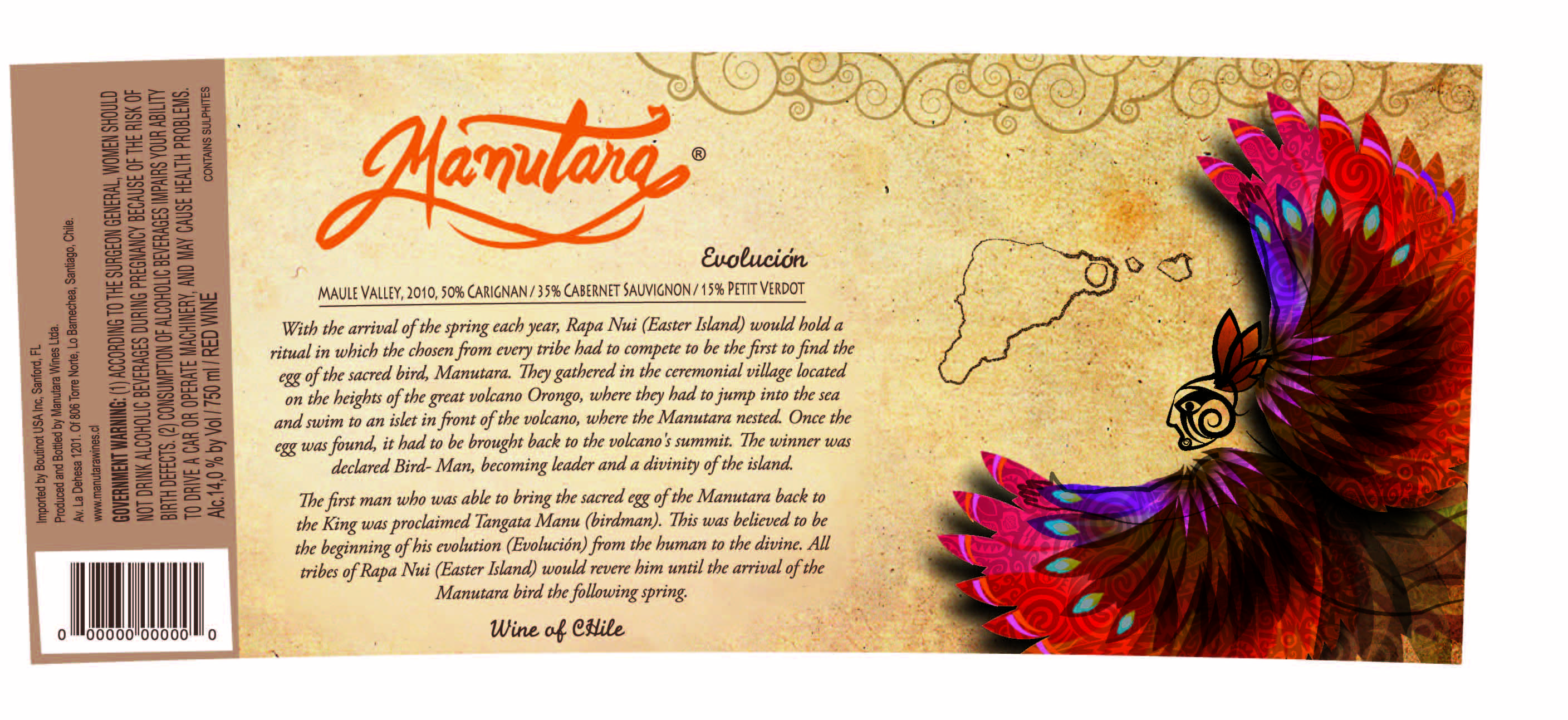2010 Maule Valley Cabernet Sauvignon 35%, Carignan 50%, Petit Verdot 15%
Manutara Evolucion is a captivating red wine from the esteemed Maule Valley, showcasing a blend of thirty-five percent Cabernet Sauvignon, fifty percent Carignan, and fifteen percent Petit Verdot. This 2010 vintage displays a deep ruby color, enticing the eye and promising rich flavors. On the palate, it offers a full-bodied experience with well-integrated tannins that lend a structured mouthfeel, beautifully complemented by bright acidity. The wine bursts with prominent fruit intensity, featuring notes of dark berries and ripe plums, harmoniously balanced with subtle hints of spice and earthiness. With its excellent depth and complexity, Manutara Evolucion is a delightful choice for those seeking an expressive and richly layered wine experience.
Manutara Evolucion is a captivating red wine from the esteemed Maule Valley, showcasing a blend of thirty-five percent Cabernet Sauvignon, fifty percent Carignan, and fifteen percent Petit Verdot. This 2010 vintage displays a deep ruby color, enticing the eye and promising rich flavors. On the palate, it offers a full-bodied experience with well-integrated tannins that lend a structured mouthfeel, beautifully complemented by bright acidity. The wine bursts with prominent fruit intensity, featuring notes of dark berries and ripe plums, harmoniously balanced with subtle hints of spice and earthiness. With its excellent depth and complexity, Manutara Evolucion is a delightful choice for those seeking an expressive and richly layered wine experience.




